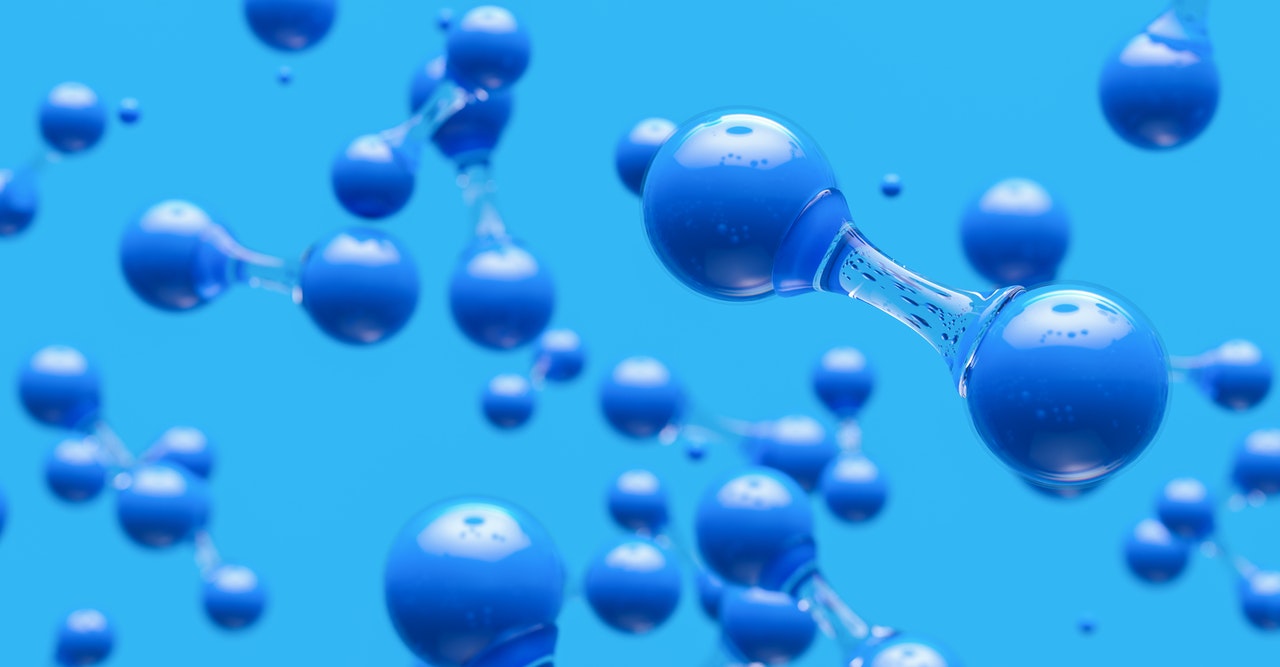Talmon Marco co-founded mobile messaging business Viber in 2010, which was bought for $900 million in 2014 by Japanese Internet giant Rakuten. Marco co-founded the ride-hailing business Juno in 2015, which was purchased for $200 million by the Israeli transportation giant Gett in 2017.
Marco shifted his attention in the years after Juno’s acquisition to making the world a better place. “Of course, there are many crises in the world, but the one that we felt was nearest to our hearts was the climate disaster.”
Marco started exploring for solutions that might be utilized to address climate change, and through his study, he got acquainted with academic members at Technion, the Israel Institute of Technology, who were working on a nonconventional hydrogen production technology, according to CNBC.
That science created the foundation for Marco’s next startup, H2Pro, which is one of a slew of start-ups attempting to accelerate the clean energy revolution by concentrating on novel hydrogen production methods.
When hydrogen is burnt in a controlled setting that is not exposed to air, it produces energy in the form of heat and produces water as a byproduct. (When hydrogen is consumed in air, it emits nitrogen oxides, as does everything else.) Burning fossil fuels, on the other hand, emits hazardous greenhouse gases, chiefly carbon dioxide.
Hydrogen is already a crucial commodity in a number of industrial operations, as well as in the production of ammonia fertilizer, which is required to produce enough food to feed the world’s population. However, since it emits no greenhouse gas emissions when burnt in a controlled atmosphere, it is also being investigated as a possible fuel alternative for certain difficult-to-decarbonize industries and for energy storage.
That being said, pure hydrogen must be generated since it does not present in large amounts on Earth.
The cheapest method to produce hydrogen is from natural gas, however this process emits carbon dioxide. Natural gas collection and storage eventually results in methane emissions, a harmful greenhouse gas.
Another method of creating hydrogen is to use electricity to break down water, H2O, into its constituent elements.
This is traditionally accomplished using an electrolyzer, which is a water-splitting device. It can be a clean approach to creating hydrogen if it is fueled by renewable energy. It is, however, pricey, which is an issue.
According to Marco, lowering the cost of hydrogen needs inexpensive energy, excellent efficiency, and low-cost equipment. And, in order for hydrogen to be considered clean, or “green,” according to the color-coded terminology, it must be fueled by renewable, or clean, energy.

